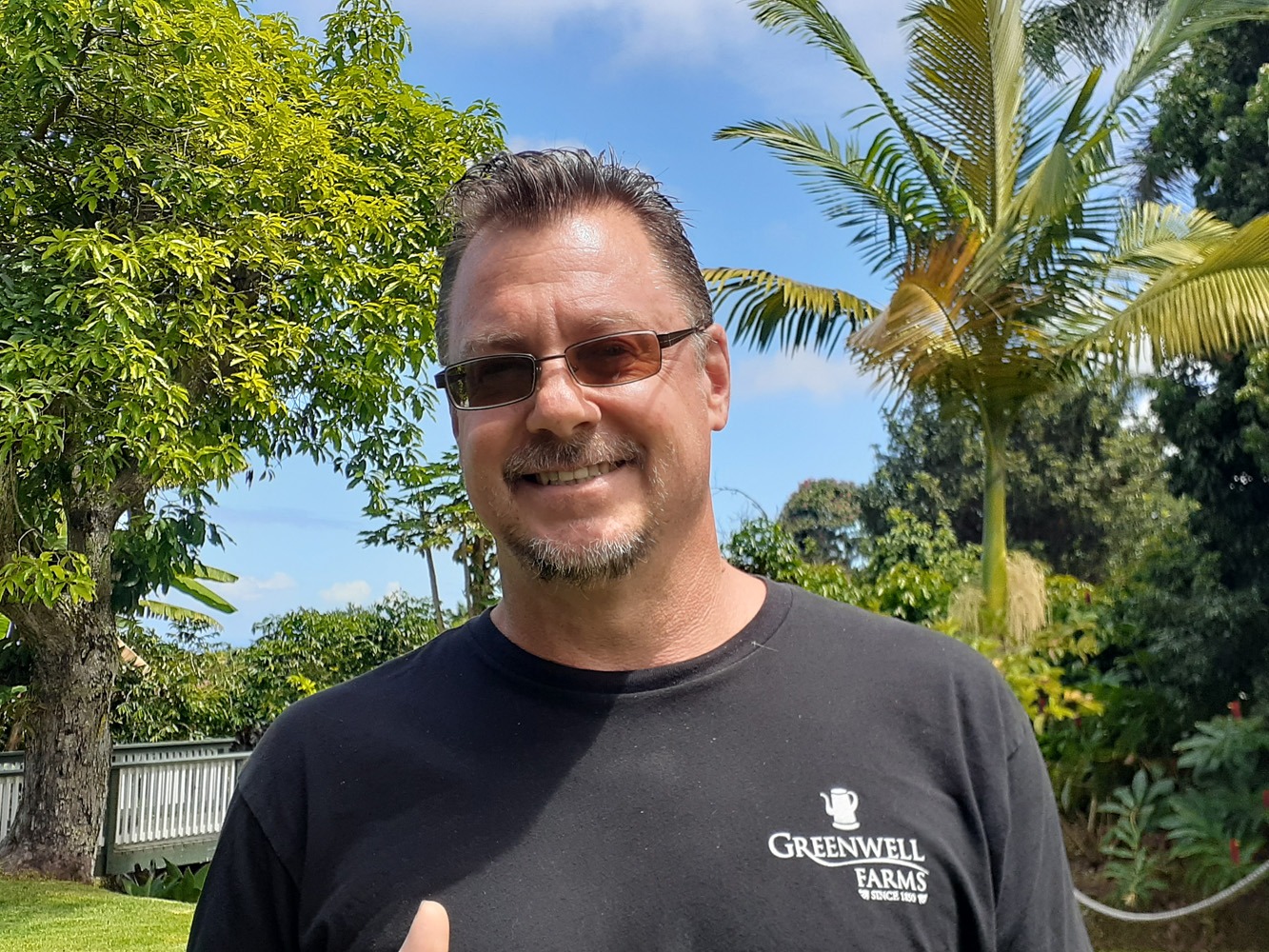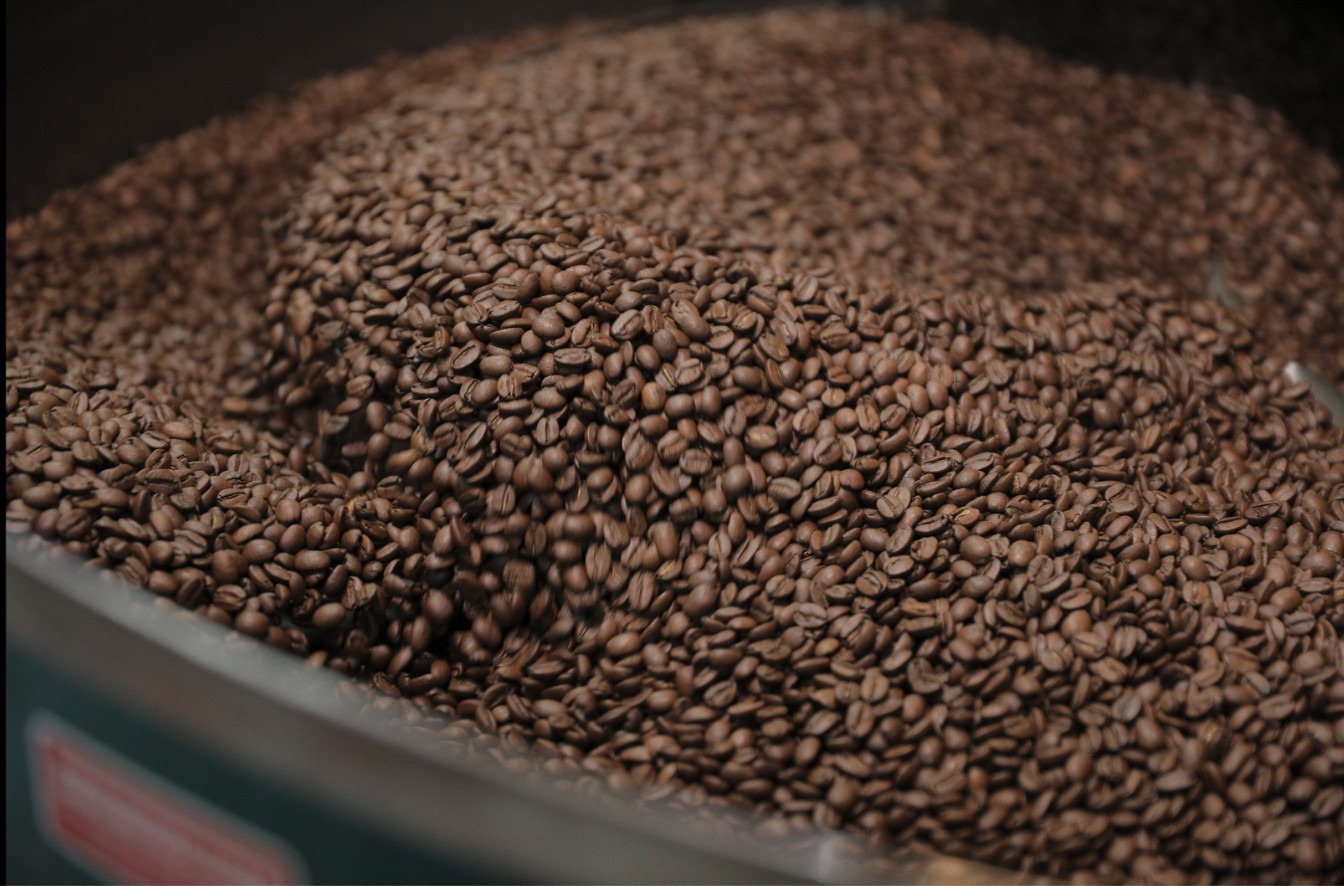How The Boston Tea Party Turned Americans Into Coffee Drinkers
It is December 16th, 1773, at Griffin’s Wharf in Boston. American colonists will no longer tolerate British taxation on goods to the colonies to help the indebted U.K. The Stamp Act of 1765, the Townshend Act of 1767, and finally the Tea Act of 1773 were more than the colonists could bear and in an act of major protest, colonists (The Sons of Liberty) dumped 342 chests of tea (about 90,000 pounds) into the Boston Harbor.
What did they drink the next morning? That question has been of interest to coffee enthusiasts for many years. Colonists consumed roughly 1.2 million pounds of tea per year in the 1770s and it was without a doubt their most favored beverage. By 1824, coffee consumption in coffee houses across the colonies and throughout Paris would cause Thomas Jefferson to claim, “Coffee is the favorite drink of the civilized world.”
The aftermath of the tea party did not go unanswered. Britain imposed a series of punitive measures on Bostonians intending to squash the rebellion, but this in fact had the opposite effect, proving the tyranny of the British government and would ultimately lead to the Declaration of Independence a few years later.
Tea came to be seen during these years as the drink of the enemy. In a letter from a young John Adams to his wife Abigail he writes:
“I believe I forgot to tell you one Anecdote: When I first came to this House it was late in the afternoon, and I had ridden 35 miles at least. “Madam,” said I to Mrs. Huston, “is it lawful for a weary Traveler to refresh himself with a Dish of Tea provided it has been honestly smuggled or paid no Duties?”
“No sir said she, we have renounced all Tea in this Place. I can’t make Tea, but can make you Coffee.” Accordingly, I have drank Coffee every Afternoon since, and have borne it very well. Tea must be universally renounced. I must be weaned, and the sooner, the better.
In this way, we saw a steady rise in the consumption of coffee in America. Colonists began to drink coffee from morning to night and importers, cafes, new brewing devices, recipes and social etiquette regarding coffee became part of the ongoing dialogue right up through the revolution.
Liberty Tea
One of the interesting things born in the aftermath of the Boston Tea Party was something we have come to call Liberty Tea. It seems to me to be one of the more “American” reactions as it shows resourcefulness, ambition and thought to continue a loved custom but to “innovate around” the need to use tea from the despised and demonized King George.
Ladies of Boston who loved their tea time but could not in good conscience “buy” British Tea, began to forage in their orchards, gardens, and forests for flavorful things in which they could make tea (tisane). Blueberries, apples, mints, raspberry leaf, dried strawberries, lemon balm, chamomile, hibiscus, raisins, sumac berries, and a variety of herbs were all used in various combinations to create “Liberty Tea.”
There was also a large PR campaign that ran both in published papers, at rallies, and at protests, where they boycotted British tea, claiming it caused ailments, stomach cramps, nervous disorders, and bred lice and fleas.
Coffee Addiction?
Tea did make a comeback about 15 years after the Boston Tea Party but for many, coffee was a game-changer. Especially for frontiersmen, cowboys, traders, and explorers, the stable green coffee beans could be easily transported, roasted as needed, and boiled in big pots over campfires.
The connotation of coffee as an “American” drink was solidified during the Revolutionary War and into the Civil War. Coffee drinking would become part of the folklore of a young America, and coffee was now interwoven into our cultural DNA as we expanded westward.
Coffee Was There
One of the greatest notions about coffee is that you can name almost any major event in the formation of our country and there is a good chance coffee was there.
Many of our revolutionaries (John Hancock, Benjamin Franklin, Paul Revere, etc.) met in coffee houses and sipped the dark brew while planning many of the rebellious acts that would lead to the founding of our country. A Boston coffee house called the Green Dragon even became known as the “Headquarters of the Revolution.”
James Madison, “Father of the Constitution” and author of the Bill of Rights, is believed to have consumed coffee regularly and in large quantities as he crafted The Federalist Papers with Alexander Hamilton and John Jay.
In 1804, Captain Meriwether Lewis (of Lewis and Clark) bought 50 pounds of unroasted coffee beans for his expedition in addition to nearly 7 tons of dry goods. This coffee would be pan-roasted over fire and consumed all throughout their historical journey from Illinois to Oregon. Coffee in America was there from the very start.
Abraham Lincoln, who is said to have loved a large early morning cup of coffee, is known to have been sipping coffee as he wrote the first draft of the Gettysburg Address.
During the Industrial Revolution, coffee in American factories was one of the few comforts allowed to over-worked and under-paid workers. They relied heavily on caffeine for alertness and stamina, a practice that has continued into the modern workforce.
It is recorded that General Dwight D. Eisenhower, an all-day coffee drinker and chain smoker, consumed 20 cups of joe and 6 packs of Camels in a sleepless 40-hour period leading up to and on D-Day.
Coffee in American coffee houses in the 1950s and early 1960s gave rise to the Beat Generation, folk singers, and eventually acts like Simon & Garfunkel, Arlo Guthrie, Seals and Croft, and James Taylor.
When musician Dave Grohl wrote “Them Crooked Vultures” album, he was sleeping just 4 hours a night and drinking close to three pots of coffee per day. This was not sustainable and his doctor asked him to cut back on coffee after he started having chest pains. As much as we love coffee, we do not recommend three pots a day.
As we celebrate the Fourth of July this year, let us remember the amazing role of coffee in America through its growth and development and that there is no more patriotic drink than a cup of coffee! If you really want to get red, white and blue, make sure it is American-grown 100% Kona Coffee.

Matt Carter is a retired teacher (1989-2018), part-time musician, farmer, and currently manages Greenwell Farm’s Tour and Retail Store Operations.







Thanks for the blog. http://www.fooddoz.com